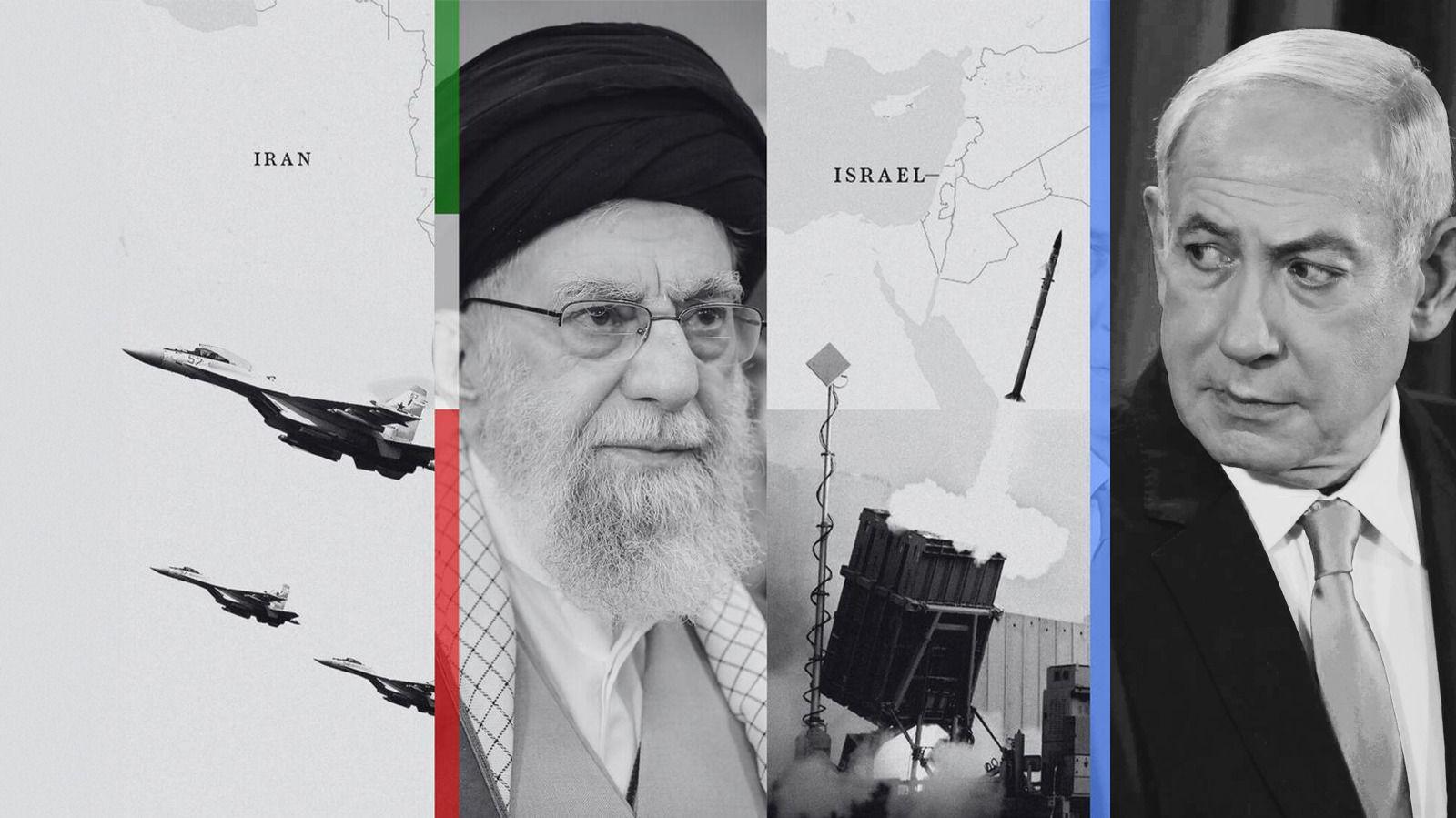By: Aso Qaderi, Associate
A month and a half after the end of the “12-Day War” between Iran and Israel, the consequences of that conflict have become increasingly clear. Both sides are now mobilizing forces and allies, and in both Tehran and Jerusalem, talk of renewed confrontation is growing louder. Multiple indicators suggest a high likelihood of a large-scale Israeli strike against Iran in the coming months, particularly from mid-September to October 2025. Israel’s strategic imperatives, the Islamic Republic’s defensive mobilization, and Benjamin Netanyahu’s political calculations all reinforce this trajectory, forming part of a phased campaign aimed at weakening Iran’s regional military network.
The Islamic Republic has repeatedly declared its intention to resume uranium enrichment. Abbas Araghchi, in a recent state television interview, confirmed that American and Israeli attacks had damaged Iran’s nuclear facilities, calling the strikes “the greatest violation of international law” and an “unforgivable crime.” On the other side, U.S. President Donald Trump claimed that these attacks prevented Iran from acquiring nuclear weapons and thereby averted a broader war in the Middle East. He warned that if Iran restarted its nuclear program, Washington would strike again. Trump added that while Iran had long been a source of instability and hatred in the region, he believed its trajectory would change in the coming years.
Several strategic imperatives strengthen the likelihood of Israeli military action against Iran. First is the dismantling of Iran’s regional military network. Israel’s ongoing operations in Gaza and its persistent pressure on Hezbollah in Lebanon form part of a broader strategy to reduce multi-front threats ahead of a direct confrontation with Tehran. This weakening of proxy forces gives Israel the ability to focus resources and planning on a decisive strike against the Islamic Republic without facing overwhelming retaliatory fire from its regional allies.
Second, Israel views Iran’s internal fractures as an exploitable opportunity. Divisions between the Islamic Revolutionary Guard Corps (IRGC) and the army, as well as tensions between the IRGC and the Supreme Leader’s advisory council, could hinder Tehran’s ability to mount a unified response, complicating command and control in the crucial first hours of any assault.
Third, timing carries political weight. Netanyahu may seek to act before October 2025 to bolster his domestic position, reaffirm Israel’s deterrence capabilities, and influence Washington’s strategic narrative.
Meanwhile, Mossad has intensified its intelligence-gathering and covert operations inside Iran, including target identification and asset placement. Recent drone strikes inside Iranian territory that eliminated senior military commanders are considered part of the preparatory phase for a coordinated campaign of special forces, airpower, and cyberattacks. The primary aim of these measures is to disable radar systems, command centers, and ballistic missile launch infrastructure before full-scale hostilities begin. Israel’s military posture also reflects rebuilding: rotating units out for rest despite political pressure for continued operations in Gaza, while training for long-range strikes and high-tempo air campaigns.
In response, the Islamic Republic has created a “Defense Council” under Ali Larijani and merged 13 security agencies into three super-structures to prepare for a wider confrontation. However, such rapid restructuring risks administrative frictions, potentially creating exploitable vulnerabilities in the opening hours of an Israeli offensive.
The role of the United States, particularly Donald Trump, remains vital to Israel’s calculations. Netanyahu seeks political backing or at least cover from Washington to minimize global backlash and widen his operational window. Through pro-Israel lobbying in the U.S., he aims to counter Trump’s isolationist tendencies, while simultaneously engaging in transactional diplomacy with Russia, Ukraine, and the South Caucasus to reduce geopolitical obstacles and secure maneuvering space. This triangular diplomatic effort could limit the likelihood of a multi-front conflict erupting
during an attack on Iran.
According to Israel’s military doctrine, the probability of a multidimensional operation is extremely high—combining precision air and missile strikes with cyber sabotage, and potentially including preemptive or simultaneous strikes on Hezbollah, the Houthis, and Iraq’s Popular Mobilization Forces. Neutralizing Iran’s proxies is seen as essential to shielding Israel and its regional allies from disruption during the main operation. Israel has also demonstrated its readiness to absorb casualties and reputational costs, underscoring its political and military resolve to act decisively before the strategic window closes.
Nevertheless, serious risks persist: the uncertainty of U.S. politics and Trump’s inclination to avoid new wars; the threat of powerful Iranian proxies such as Hezbollah, the Houthis, and the PMF; and the possibility of a preemptive Iranian move through cyber or missile strikes. Still, Israel’s plan rests on the assumption that a powerful first strike combined with Iran’s slower decision-making processes will secure the advantage.
Taken together, the convergence of strategic imperatives, operational readiness, and political opportunity makes the likelihood of a major Israeli strike against Iran before year’s end very high. The operation would aim to exploit Iran’s internal divisions, blunt proxy responses, and destroy missile, nuclear, and command infrastructure. Such a strike would dramatically escalate direct confrontation between Tehran and Jerusalem and test Israel’s missile defense capabilities against Iran’s retaliation. Operational indicators—including increased Israeli reconnaissance flights over Iraq and Syria, redeployment of missile defense systems such as Iron Dome, and heightened diplomatic maneuvering in Washington, Moscow, and across the region—point to the approach of a decisive phase.
Aso Qader is a media associate of the Gold Institute for International Strategy, a Washington, DC based think-and-do tank.
